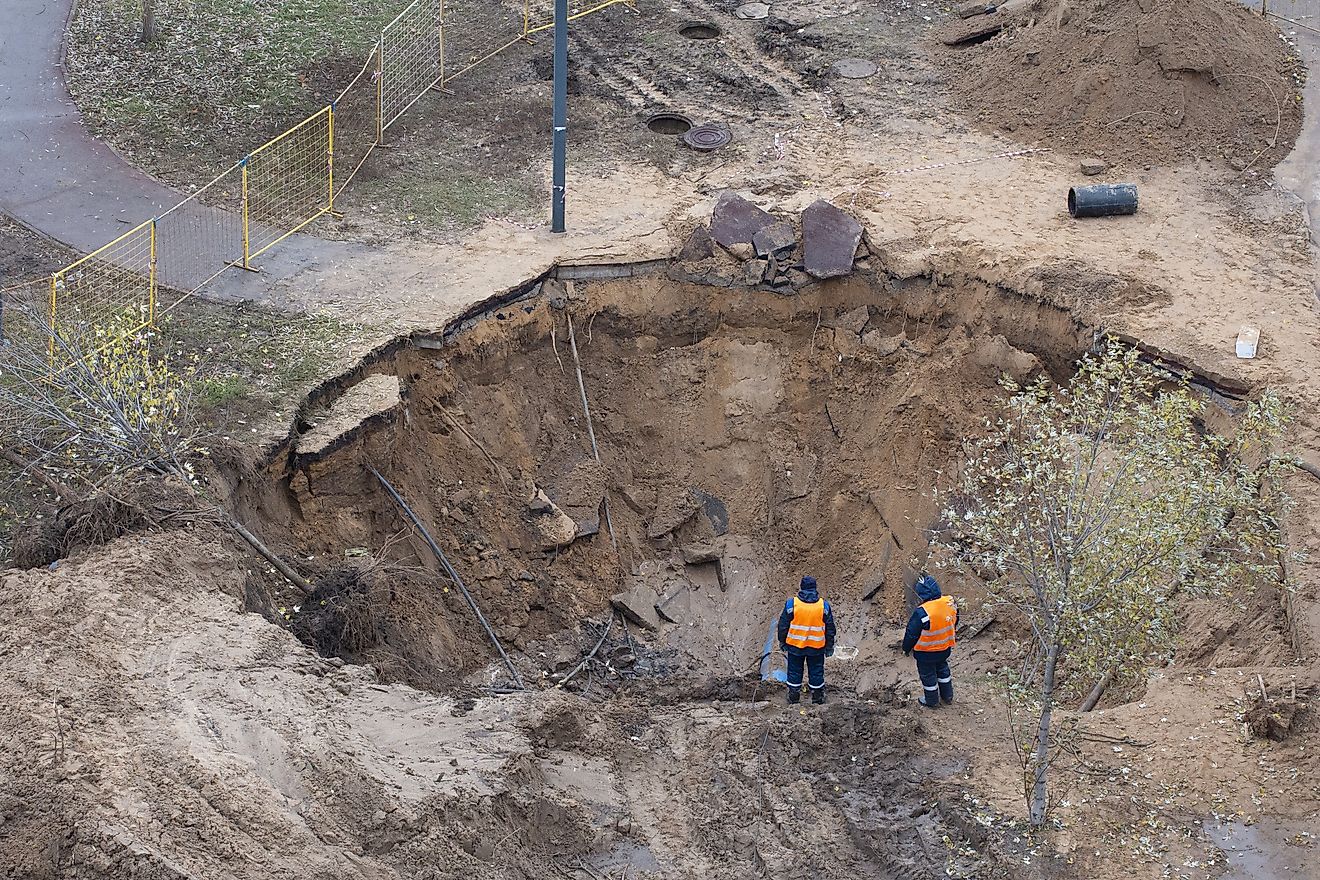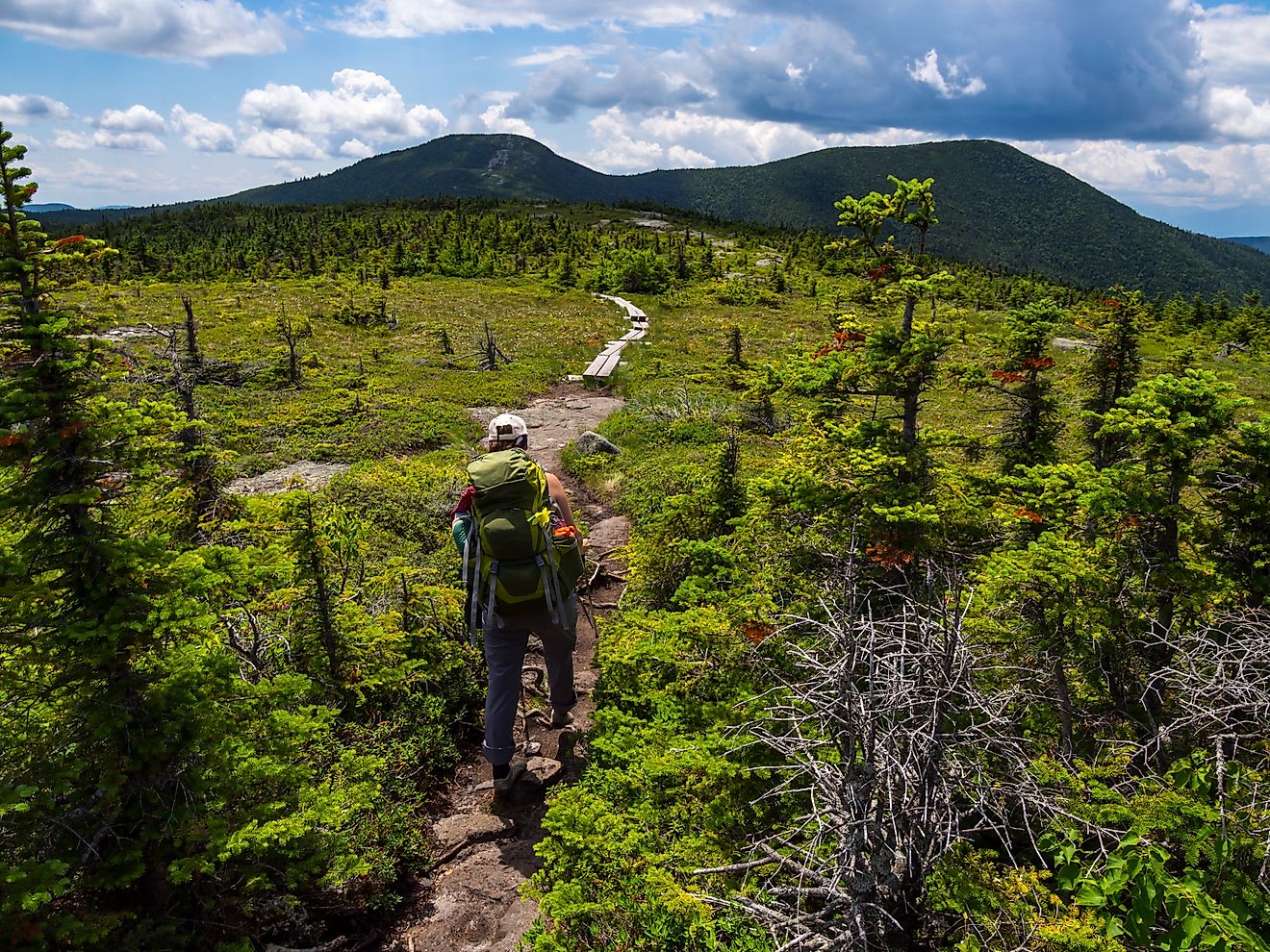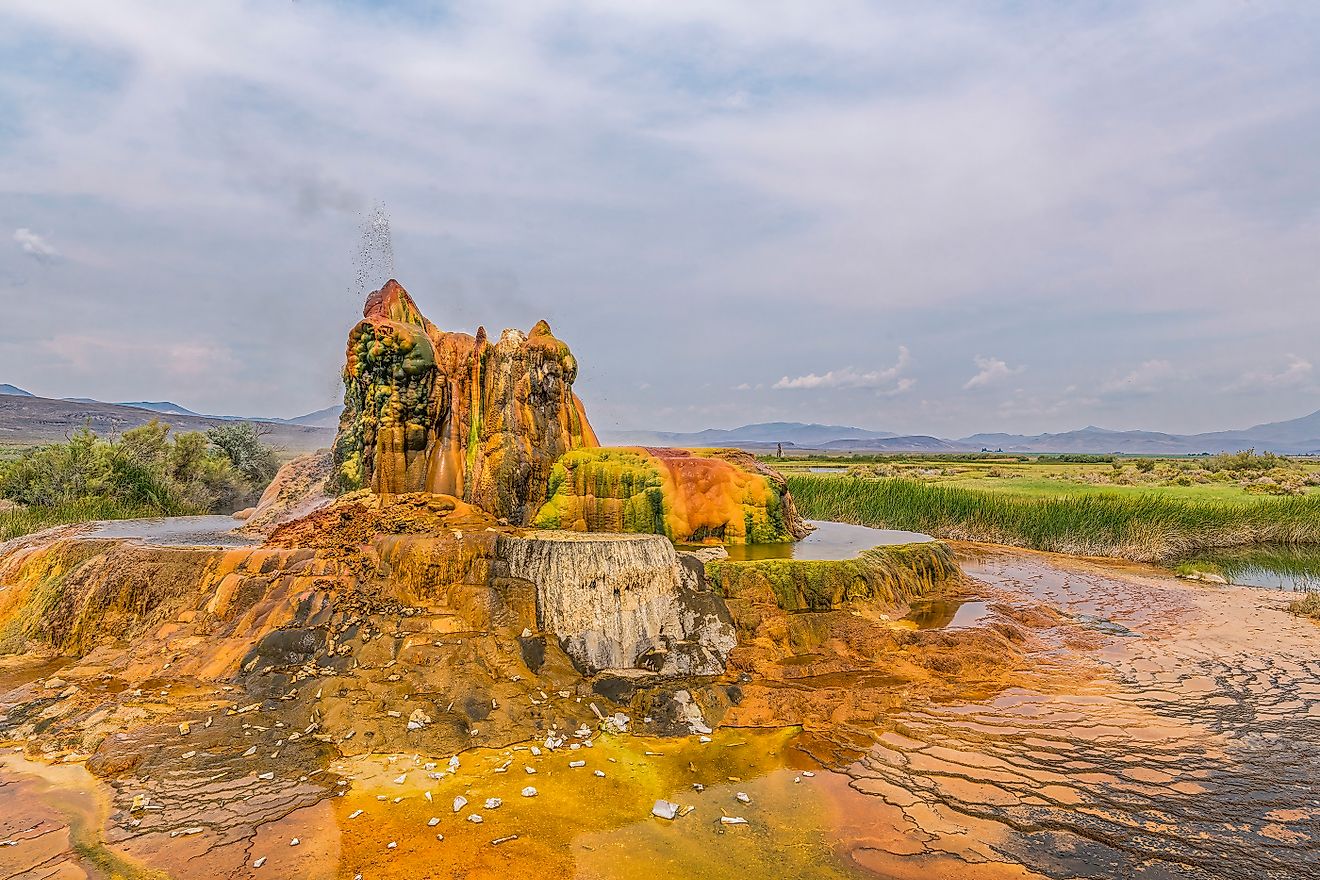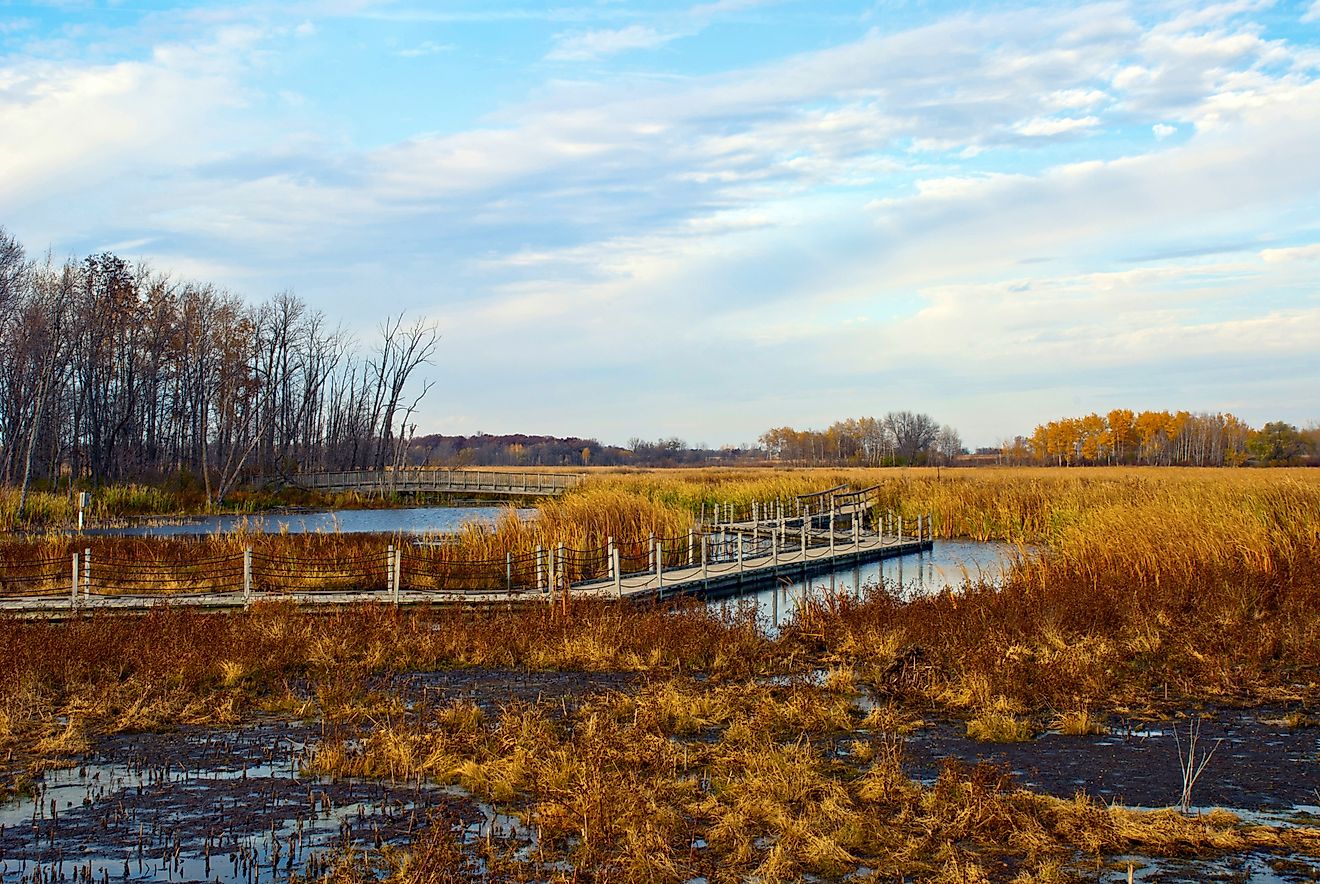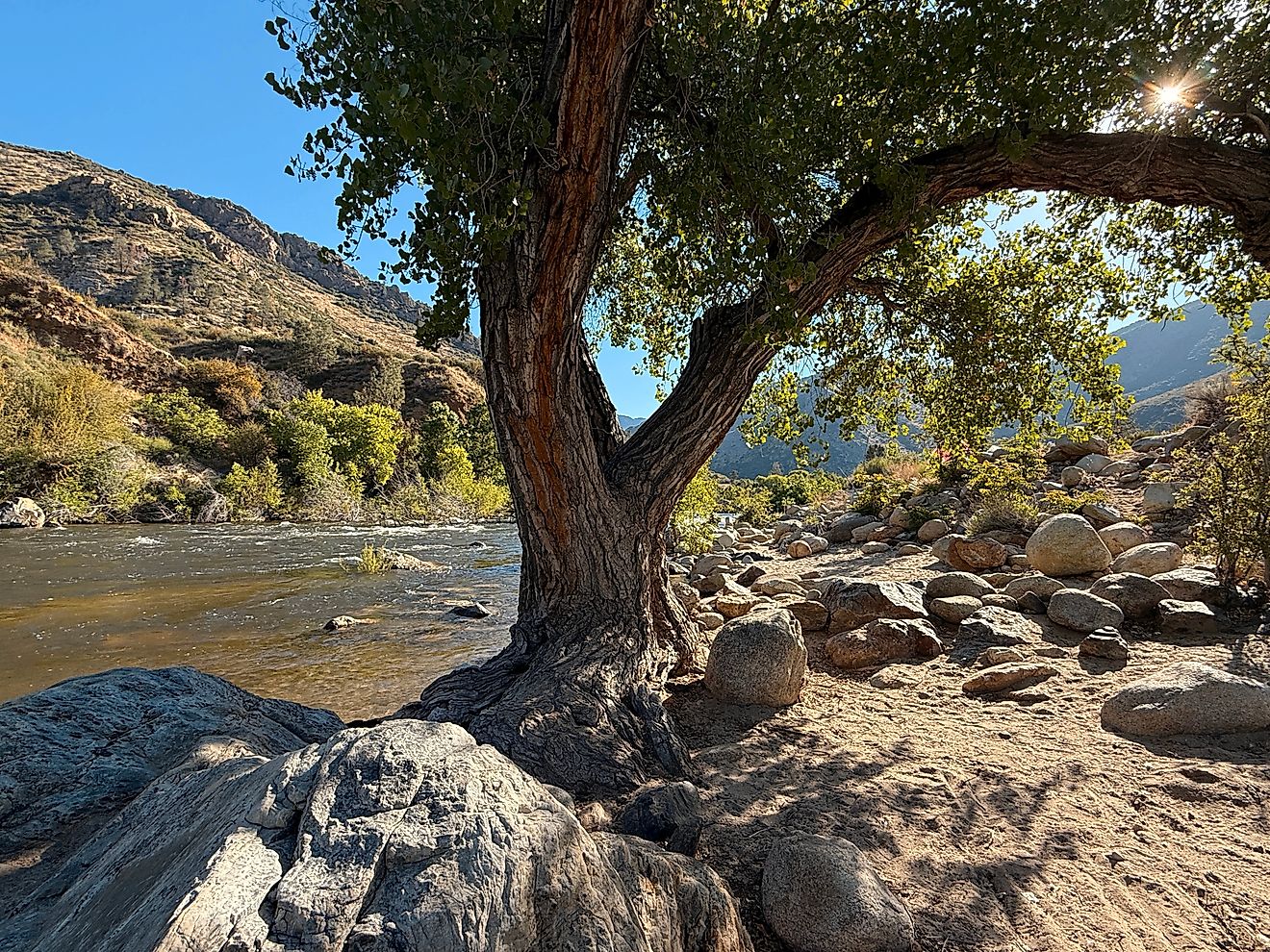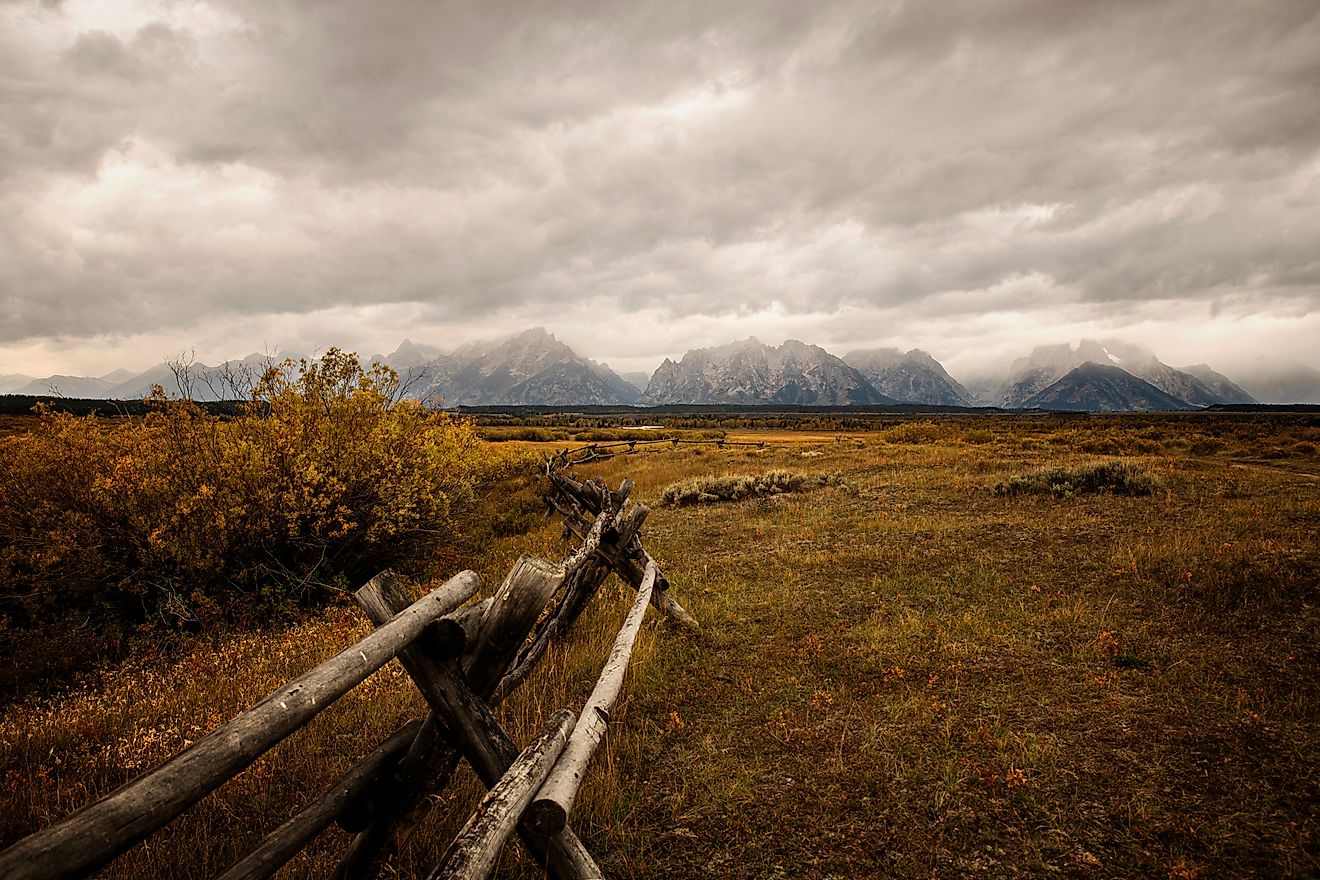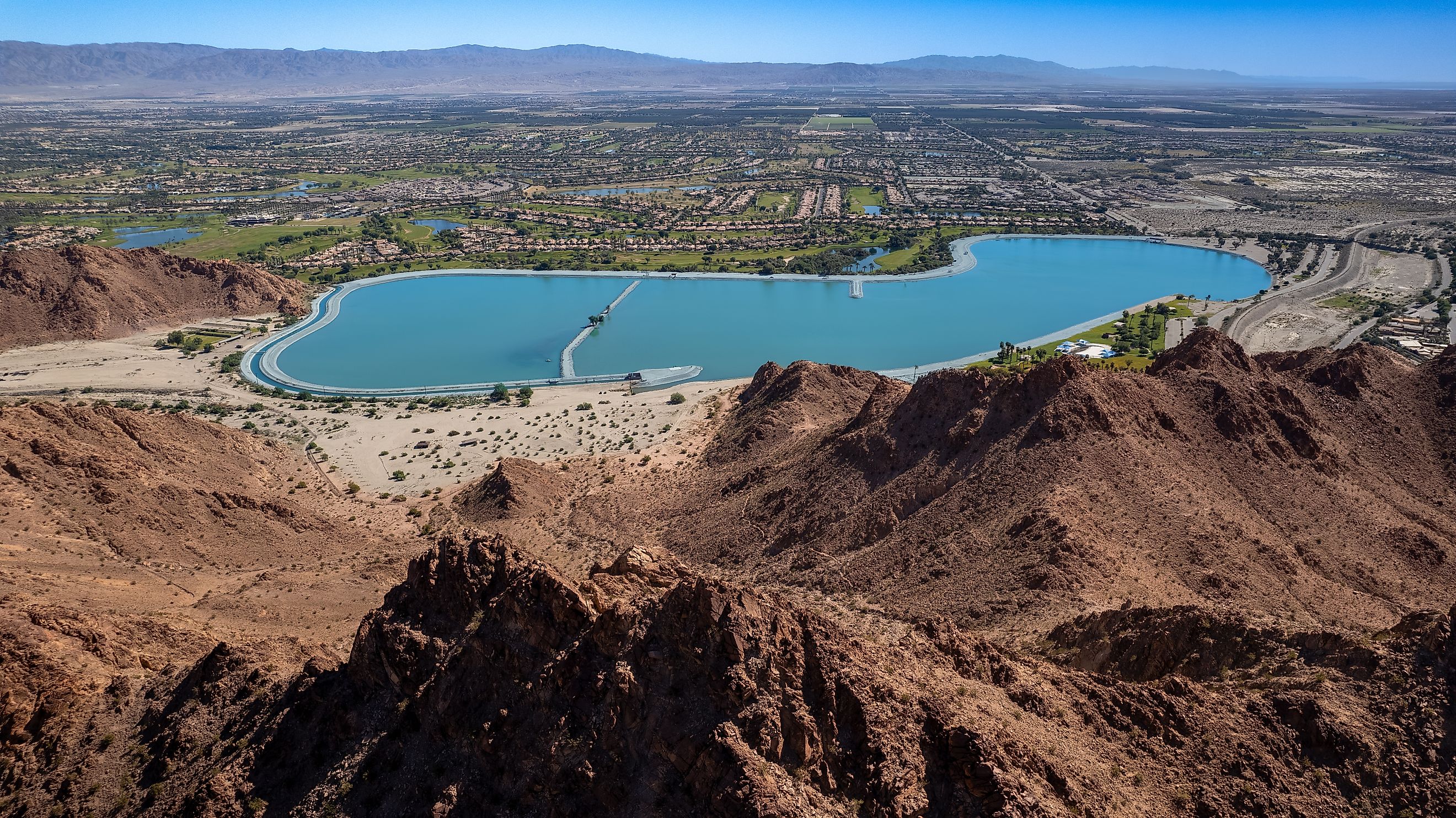
The 5 Oldest Man-Made Lakes in America
Man-made lakes—also known as reservoirs—are a fundamental part of America’s development story. Built for everything from irrigation and hydroelectricity to recreation and flood control, these human-engineered bodies of water have reshaped landscapes and supported the growth of cities and industries for more than a century. While many reservoirs are relatively modern, a few date back to the early 1800s and remain in operation today, silently serving millions while also offering scenic escapes.
Dive into the five oldest man-made lakes in the United States, exploring their history, construction, modern use, and what makes each one uniquely American.
Lake Hopatcong – New Jersey (Created: 1750s, modified in 1831)
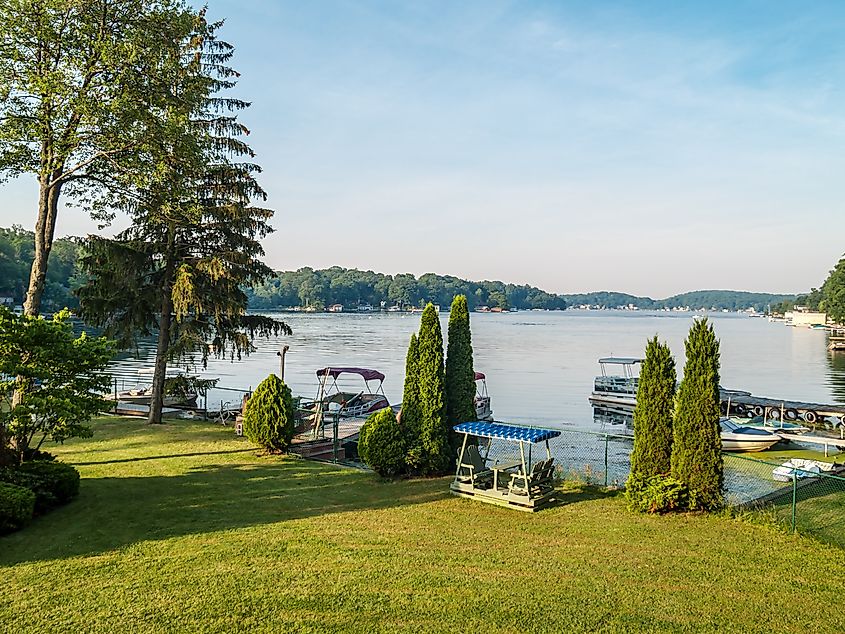
Location: Morris and Sussex Counties, New Jersey
Surface Area: 4 square miles
Purpose: Originally industrial; now recreational
Lake Hopatcong holds the unique distinction of being not only one of America’s oldest man-made lakes but also one of New Jersey’s largest. Although its origins trace back to the 1750s as two natural ponds, it wasn’t until 1831 that the area was officially reshaped into a reservoir. That year, a dam was constructed to raise the water level and serve as a reliable source of water for the Morris Canal—a major artery of the Industrial Revolution in the region.
The lake’s transformation mirrored the needs of a growing nation. Initially crucial for powering industry and transporting coal and iron, Lake Hopatcong eventually shifted roles as railroads replaced canals. By the early 20th century, it had evolved into a summer resort destination, drawing vacationers from New York City and beyond.
Today, Lake Hopatcong is a 4-square-mile recreational haven, offering boating, fishing, and lakeside dining. The lake remains managed by the New Jersey Department of Environmental Protection and serves as a living example of how industrial infrastructure can transition into public treasure.
Lake Cahuilla (Ancient Bed) – California (Modified 1905)
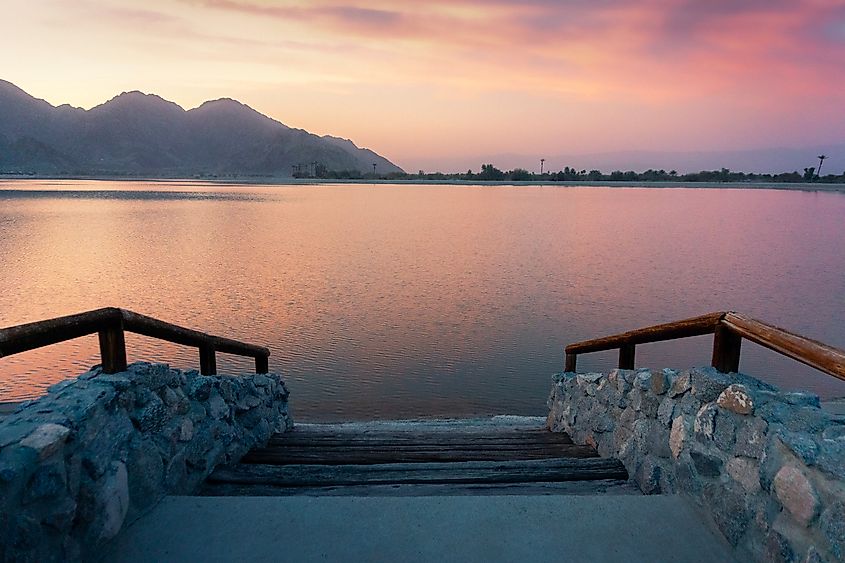
Location: Riverside County, California
Surface Area: Variable (artificial creation within ancient lakebed)
Purpose: Irrigation, water storage
While not the oldest in traditional terms, Lake Cahuilla stands out because of its historical context. The original lake was a massive ancient inland sea that dried up thousands of years ago, but in the early 20th century, engineers sought to reclaim the dry basin for agriculture.
The modern, man-made version of Lake Cahuilla emerged in 1905 when a catastrophic engineering failure diverted the entire Colorado River into the Salton Sink. The unintended flooding created the Salton Sea, and shortly after, the government began building controlled irrigation systems—including the modern Lake Cahuilla reservoir, completed later.
This reservoir became part of the All-American Canal system and now supports farming in California’s Coachella Valley, a key agricultural zone. Though man-made and serving modern needs, it taps into an ancient geological feature and plays a vital role in western water management.
Today, a portion of Lake Cahuilla is open to the public as a park and recreation area, with fishing, camping, and mountain views drawing visitors throughout the year.
Lake Merritt – California (Established as a lake: 1869)
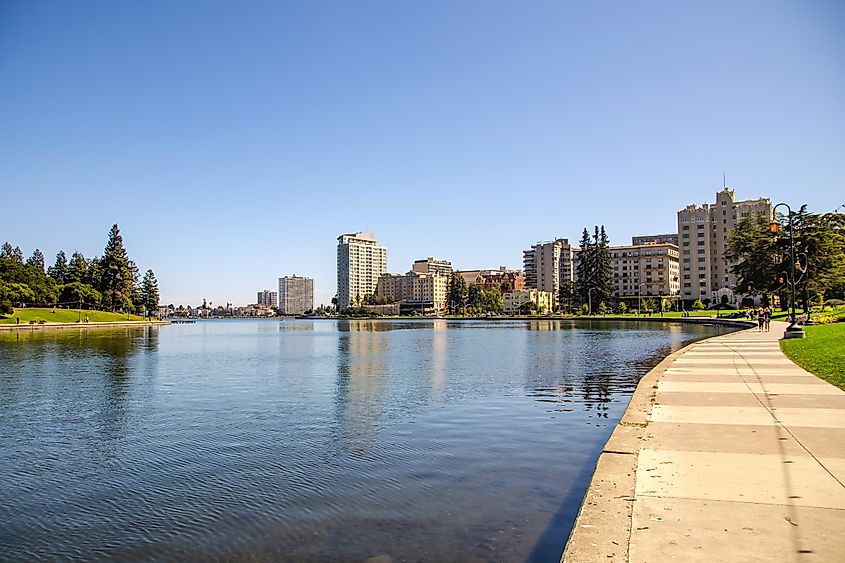
Location: Oakland, California
Surface Area: 155 acres
Purpose: Tidal lagoon turned recreational and wildlife refuge
Lake Merritt is often called the oldest designated wildlife refuge in the United States, but its history as a man-shaped body of water dates back even further. Originally a tidal lagoon connected to the San Francisco Bay, it was dammed and reshaped into a more permanent lake in 1869.
What makes Lake Merritt notable is how early it was integrated into an urban landscape. As Oakland grew in the late 19th century, city leaders saw the value in preserving the lake’s shoreline as public space. By 1870, it was designated a wildlife refuge—the first in the nation—and has remained a cornerstone of city life ever since.
Today, Lake Merritt is surrounded by parkland, historic homes, and cultural landmarks. Visitors can walk the 3.4-mile loop around the lake, rent a gondola, or simply bird-watch from the shoreline. Despite its urban setting, it remains a model of early environmental foresight in city planning.
Lake Carnegie – New Jersey (Created: 1905)
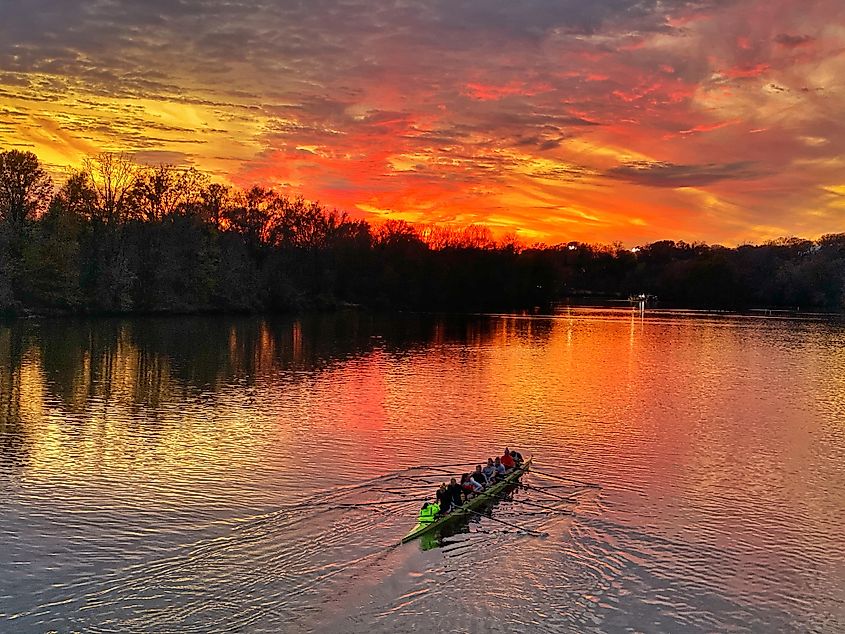
-
Location: Princeton, New Jersey
-
Surface Area: 262 acres
-
Purpose: Rowing, university athletics, recreation
Lake Carnegie is one of the oldest purpose-built rowing lakes in the United States and an entirely man-made body of water. It was created in 1905 after steel magnate Andrew Carnegie personally funded the project to give Princeton University’s rowing team a proper training site. The lake was formed by damming the Millstone River and flooding several smaller streams and lowlands on the outskirts of Princeton.
While its origins were athletic, the project was also a philanthropic and civic endeavor. Carnegie bought and donated the land to Princeton and funded the construction, which included significant dredging and landscaping. The result was not just a sports facility but a recreational space embraced by the surrounding community.
Today, Lake Carnegie remains a vital part of Princeton’s campus life and an important training site for collegiate rowing. Its tranquil waters are used for crew races, kayaking, and birdwatching, offering a scenic blend of sport, history, and nature.
Lake James – North Carolina (Created: 1916)
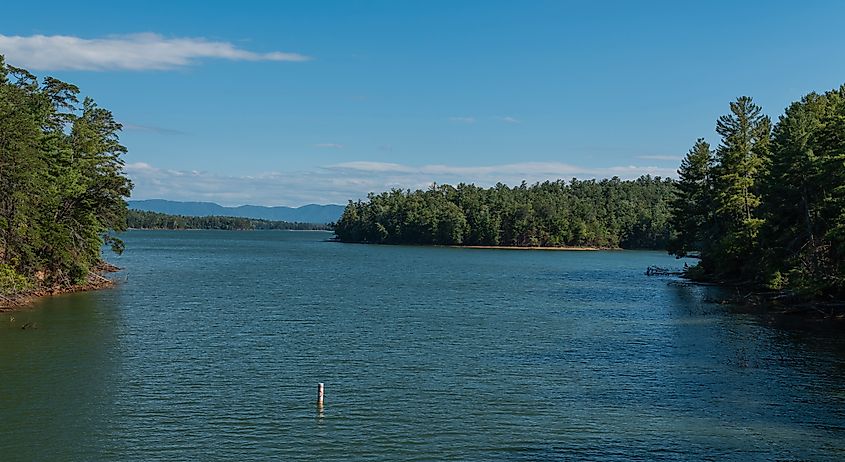
-
Location: Foothills of the Blue Ridge Mountains, near Morganton and Marion, North Carolina
-
Surface Area: Approximately 10.2 square miles
-
Purpose: Hydroelectric power generation, recreation, regional water supply
Lake James was created in 1916 by Duke Power (now Duke Energy) through the construction of the Linville Dam. It is the oldest of the chain of man-made lakes built along the Catawba River in western North Carolina for hydroelectric power generation. Named after tobacco magnate James B. Duke, the lake was instrumental in powering the early textile and manufacturing industries that emerged in the Piedmont region during the early 20th century.
The lake’s creation involved the damming of three rivers: the Catawba, Linville, and Paddy’s Creek. This engineering feat transformed the area into a vital energy hub while also unintentionally setting the stage for a thriving recreational region. Today, Lake James State Park offers hiking, camping, boating, and fishing, making the lake both historically significant and popular with visitors.
Its role as a prototype for multi-purpose reservoir projects in the American South makes Lake James a model of early 20th-century water infrastructure. It’s also notable for its appearance in the 1992 film The Last of the Mohicans, further embedding it into the cultural landscape.
Honorable Mentions
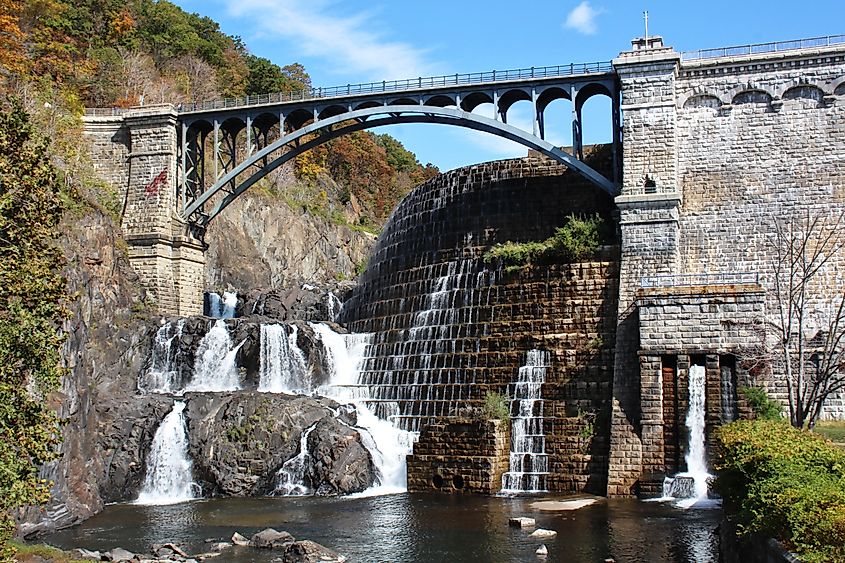
While the above five lakes are among the oldest with significant man-made modifications, a few others deserve mention:
-
Ashokan Reservoir (New York, 1915): Built to supply drinking water to New York City, it was one of the largest public works projects of its time.
-
Croton Reservoir (New York, 1842): Part of New York’s original water supply system, it was essential for urban survival before modern plumbing.
-
Lake Henshaw (California, 1923): Built for irrigation, it’s part of the San Luis Rey River watershed and supports agriculture to this day.
Why the Oldest Man-Made Lakes Still Matter
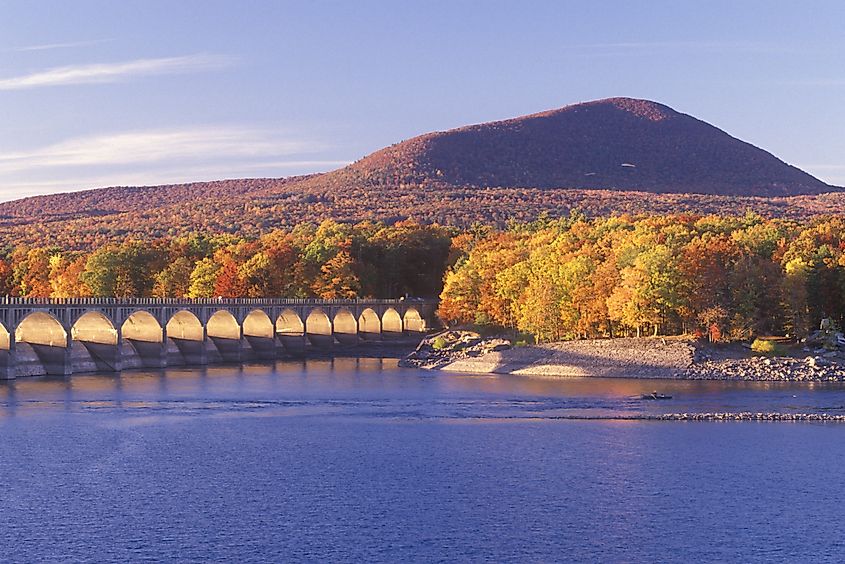
What’s fascinating about these early man-made lakes is how their purposes have changed over time. Most were originally constructed for utility—moving goods, powering mills, irrigating crops, or supplying drinking water. But over decades, as needs evolved and cities expanded, these lakes became more than infrastructure. They transformed into spaces for recreation, conservation, and community gathering.
In many cases, the lakes also reflect early attempts at managing natural resources. Long before the US government formalized agencies like the Bureau of Reclamation or the Army Corps of Engineers, local communities were already modifying landscapes to control water. The techniques may have been rudimentary by today’s standards, but they laid the groundwork for the massive dam-building era of the 20th century.
They also serve as historic case studies. The longevity of these lakes proves that infrastructure, when built with foresight—or adapted with care—can serve multiple generations. Whether surrounded by urban parks or mountain ridges, the oldest man-made lakes in America offer something beyond their scenic beauty: a look at the country's evolving relationship with water, nature, and innovation.
Final Thoughts
America’s oldest man-made lakes are more than water held behind a dam—they’re windows into our past. Each one tells a story about a specific time, a pressing need, and a creative solution. As these lakes continue to adapt to modern uses—from recreation to conservation—they serve as reminders that the best infrastructure is both functional and flexible. Whether you’re paddling across Lake Mohonk or walking the shoreline of Lake Merritt, you’re experiencing a piece of living history, shaped by the hands of those who came before.
FAQs About America’s Oldest Man-Made Lakes
What is the oldest man-made lake in the US?
Lake Hopatcong in New Jersey is considered one of the oldest, with its final form established by damming in 1831, though it existed as two smaller ponds prior.
Are these lakes still used today?
Yes, all five are still in use today—whether for recreation, water management, or historical preservation.
Do man-made lakes last forever?
Not necessarily. Their longevity depends on maintenance, sediment buildup, structural integrity, and environmental changes. But with proper care, many can last for centuries.
Can you swim or boat in these lakes?
Yes. Most are popular for boating, fishing, and swimming, though some may have restrictions based on water quality or conservation status.
